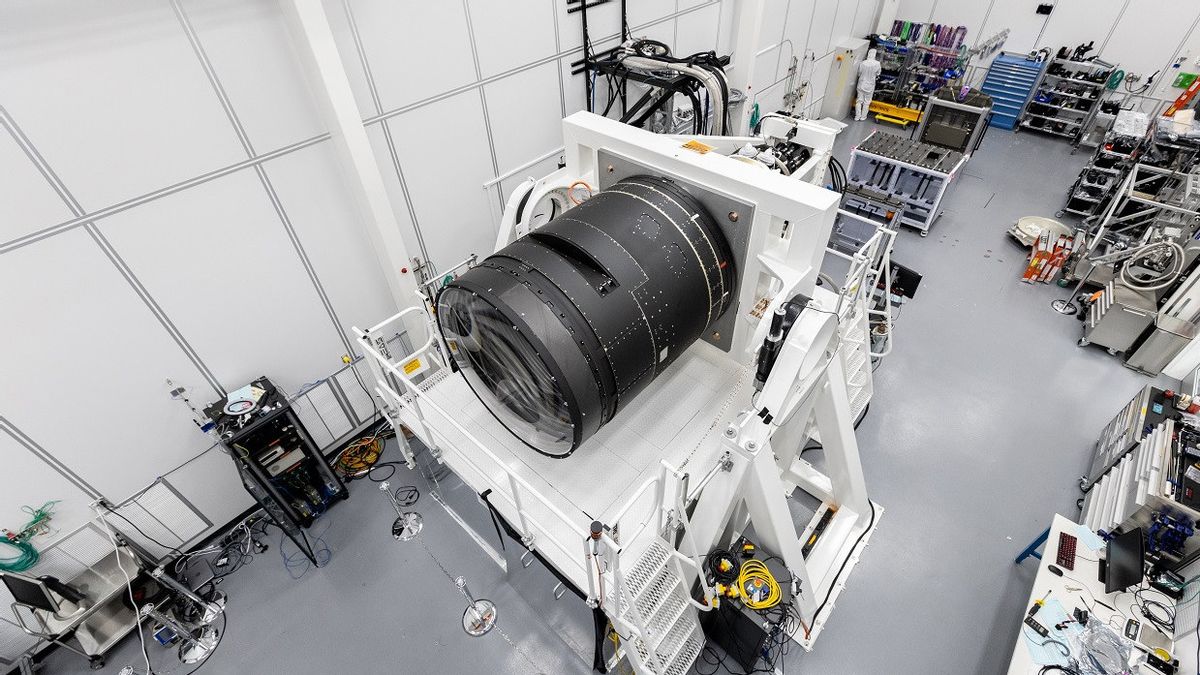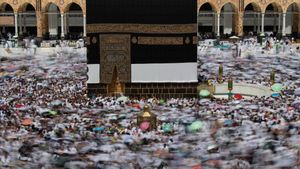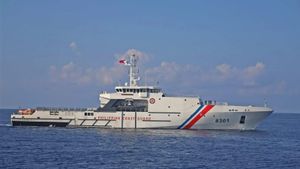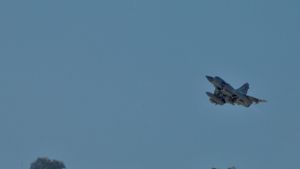JAKARTA - A largest astronomical camera ever created, with a resolution above 3.2 gigapixel and a weight of three tonnes that will carry out ambitious tasks for exploration over an unprecedented decade will be installed in Chile.
The parts needed to assemble the Vera C. Rubin Observatory - which includes ground-based and camera telescopes - are transported by several vehicles to the top of Cerro Pach Rach in the Coquimbo region, on the banks of the Atacama Desert, about 565 kilometers north of the capital Santiago.
"Everything we need for the operation (already) is at the top and ready for inspection and hopefully it can be installed later this year," said Stuartt Corder, chief science associate of AURA university and deputy central director of NOIRLab, who will operate the observatory. June.
According to its website, the Rubin Observatory is a complex integrated system, consisting of a ground-based telescope with a field of view eight meters wide, cameras and an automated data processing system.
This observatory will produce about 20 terabytes of data per night and its ten-year exploration will result in a catalog database of 15 petabytes.
The targets of this exploration are to understand the nature of dark energy and dark matter in the universe, which is only a small part known, as well as study the possibility of Earth colliding with asteroids, or stars and planets close to the sun.
"It was a very inspiring moment in which you can say, we are starting. We are standing here in a ravine, preparing to start a campaign that in ten years, we hope to answer a question about when the universe is created and starting to move and how it will continue to evolve in the future?" he explained.
"The results may not deviate from what we already know, but will help perfect our understanding of the universe," Corder said.
SEE ALSO:
AURA is a consortium consisting of 47 US agencies and three international affiliates operating the astronomical observatory for the National Science Foundation and NASA. AURA is responsible for managing, among others, the NOIRLab center.
Chile is home to most of the world's investment in astronomy thanks to the bright sky of the Atacama Desert, the world's dryest desert.
The English, Chinese, Japanese, Arabic, and French versions are automatically generated by the AI. So there may still be inaccuracies in translating, please always see Indonesian as our main language. (system supported by DigitalSiber.id)


















